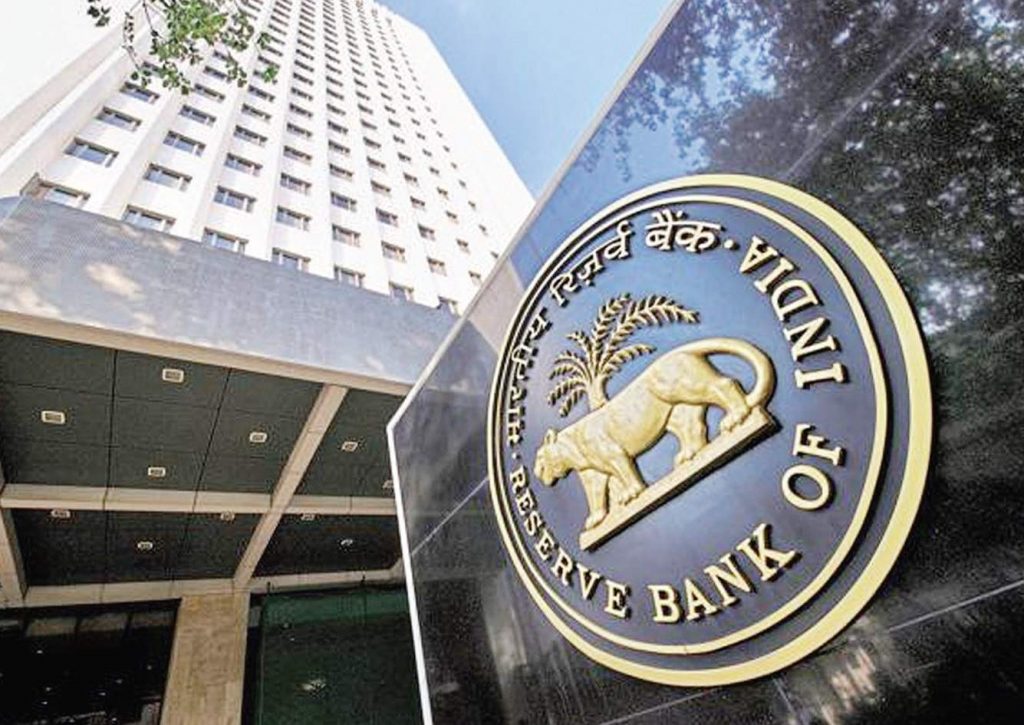The Reserve Bank of India (RBI) has kept the repo rate unchanged at 6.5 per cent while the reverse repo has been left at 6.2 per cent. This is for the second time in a row that the central bank did not tinker with the interest rate. With a fall in inflation and easing of global crude prices, most analysts had expected the RBI to keep its repo rate unchanged. The decision is bound to warm the cockles of the Centre which is seeking more support for banks in order that they continue lending. The decision of the central bank is both expected and reasonable, too. In fact, the RBI had few other options but to hold on to the rates given the unexpected softening in food prices and drop in international oil prices in a surprisingly short span of time — the price of India’s crude basket has come down by almost 30 per cent to below $60 by end-November from $85 in early October. Making the RBI’s job easier, Indian currency has run up a bit against the dollar. More importantly, the central bank has projected a further softness in inflation. From a projected 4.5 per cent for the second half of the fiscal, RBI has pegged the inflation down to a high of 3.2 per cent. Going forward, it foresees the softness in prices enduring through the April-September half of next year. The bank’s decision to stand pat may have also been prompted by the dismal growth data released last week. Data released a few days ago showed the economy suffered an unexpectedly sharp slowdown in the July-September quarter, when annual growth slid to 7.1 per cent from the two-year high of 8.2 per cent posted in the previous quarter. Liquidity in the financial system has declined, forcing lenders to raise rates. Some of the reasons include sales tax payments to the government, a seasonal pick-up in loans and intervention by the central bank in the forex market to prop up the falling rupee. In this backdrop, a hike in policy rates would have further spooked the economic outlook and the market sentiments.
Having said that, we cannot rule out downside risks from here on. Chances are that the unusual fall in prices of essential commodities may not hold long. There is a possibility that there could be a sudden reversal in the prices of essential goods. A raise in minimum support prices (MSPs) of farm goods will likely leave more disposable income in the pockets of farmers. This may trigger demands from rural areas, which could eventually lead to the hardening of inflation. Also, the medium-term outlook for crude oil is still unclear. There is a possibility that the geopolitical tensions which have ebbed now following a lull in US-China trade war may flare-up. Tightening of global financial conditions can pose substantial risks to growth and inflation. There is always the OPEC factor. Its decision can upset the crude supplies and India is one of the most vulnerable countries as regards the swings in global crude rates are concerned. The government should not lower its guard against fiscal slippages. A slide there will heighten the inflation outlook and trigger market volatility.

